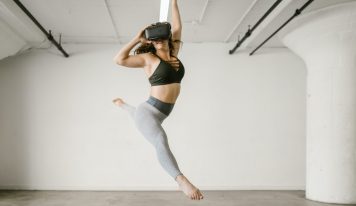Attribution can help you understand the actions taken as a result of your ad during a particular period of time. You may want to use attribution to see how many people engaged with your brand on Facebook or made a purchase on your website after seeing or clicking on your Facebook ad.
With attribution, you can give credit to the ads that led to the outcomes you wanted, across platforms and devices. This information can empower you to make data-driven decisions for your campaigns to achieve optimal results based on your business objectives.
Facebook attribution is applied to actions, which includes engagement with your brand on Facebook and conversions that happened on your website or app. We are able to measure the conversions on your website or app through the Facebook pixel, mobile SDK or offline events.
Actions are events that can occur after someone sees your Facebook ad, such as purchasing a product, liking a post, or viewing a video.
Facebook measures two types of events that lead up to an action:
- Clicks: a person clicked your ad and converted. This is called click-through attribution.
- Views: a person saw your ad, didn’t click it, but converted. This is called view-through attribution.
Clicks take precedence over views, even if another view happens after the click. In Facebook ads reporting, attribution can be broken up into 1-day, 7-day and 28-day attribution windows. The attribution window is set to 1-day view and 28-day click by default, but you can change this anytime depending on your preferences.
When you select a new attribution window, you’ll see additional columns in your report that let you compare the actions that happened during these periods of time.
If you want to see all conversions related to your ad, you should include both view-through and click-through attribution columns for the same time period to get a holistic view of all conversions.
For example, if you wanted to look at the purchases that occurred after someone viewed or clicked your ad in the last 7-days, you could select a 7-day view and 7-day click attribution window. This would show you the following columns:

Once you have these columns, you can see if people are purchasing your product after seeing or clicking on your ad. You can also compare your attributed results and cost to your other ads, to see which ads resulted in your desired outcomes.
Important facts about Facebook attribution:
- If a customer clicked an ad, a conversion can only be attributed to the click. If that customer never clicked an ad, but still converted, a conversion can only be attributed to the view. Conversions cannot simultaneously be attributed to both.
- Facebook uses a last-touch attribution model, which means we will attribute full credit for a conversion to the last ad the person clicked or interacted with. If the person did not click on an ad, full credit is attributed to the last Facebook ad viewed. If they clicked the ad, it will be attributed to click-through attribution. If they didn’t click, it’s attributed to the most recent Facebook ad they saw.
- Any events outside the maximum conversion window (28 days) are not considered.
- Conversions are counted in your reports on the day the click or impression occurred. You can also choose to report attributed conversions based on the date the conversion occurred using our Ads Insights API.
- Numbers will continue to update through the 28 days following the end of a campaign. If you’re pulling your ads attribution data into your own models or data storage, you may want to backfill it with the final numbers after the full 28 days have passed.
- If a person saw or clicked an ad and converted multiple times, Facebook attributes all conversions to the ad last viewed or clicked. We apply deduplication logic if we receive multiple identical conversion events within a short period of time.
- Click-through attribution may include engagement clicks, such as likes, comments, or shares of your ad. This means if someone liked your ad, conversions would be attributed to the click-through attribution window you’ve selected.
- Facebook attribution is used not only for offsite conversions, but also for engagement actions with your brand on Facebook (such as liking your Facebook page after seeing or clicking on a Page Like ad). Therefore, engagement actions that occur within your view or click attribution windows will be attributed to your ads based on the logic outlined above.
Here’s an example to explain:
On Monday a customer viewed your ad, clicked it, and commented on your post but didn’t convert. Three days later, the same customer viewed a video on your Facebook page. Later, on the following Tuesday (8 days later) that same customer viewed the ad again, didn’t click, but converted. After converting on Tuesday, the same customer liked your Facebook page. If you opened up ads reporting after the conversion and the page was liked on Tuesday, you would see the conversions and page engagements as displayed below:












